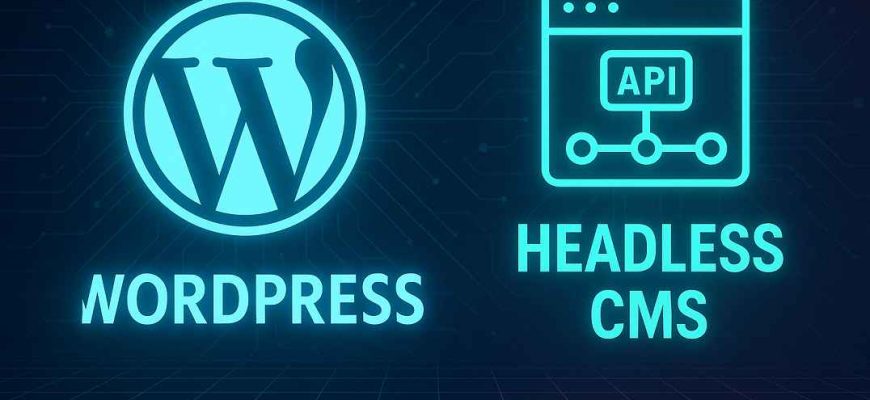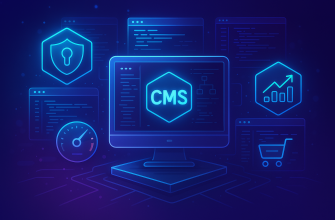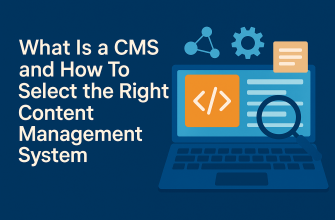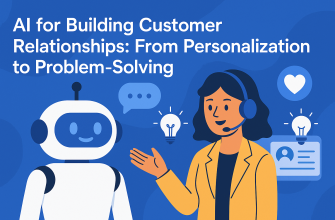WordPress vs. Headless CMS: Which Will Dominate 2025?
The content management system (CMS) world is entering a new era. For over a decade, WordPress has been the undisputed leader, powering millions of websites. But in recent years, Headless CMS platforms have emerged as serious contenders, offering flexibility, speed, and scalability.
So, in 2025, which will lead the way — WordPress or Headless CMS?
WordPress: A Proven Leader
Since its launch in 2003, WordPress has grown into a powerhouse, powering over 40% of the web.
Why it’s still relevant in 2025:
- Ease of use — perfect for beginners and non-technical users.
- Huge plugin library — over 60,000 plugins for customization.
- SEO-friendly — optimized structure and SEO plugins like Yoast.
- Theme variety — thousands of free and premium designs.
- Strong community — constant updates, tutorials, and support.
Limitations: Traditional architecture can affect speed, scalability, and security if not maintained properly.
Headless CMS: The Modern Alternative
A Headless CMS separates the backend content management from the frontend display. This allows content to be delivered via API to websites, apps, or other digital platforms.
Key benefits in 2025:
- Performance — fast load times with modern frameworks like Next.js and Gatsby.
- Omnichannel delivery — content can be published across multiple platforms from one backend.
- Security — backend is isolated from the public frontend.
- Developer freedom — no theme limitations, fully custom builds.
Drawbacks: Requires a development team, larger budgets, and more setup time compared to WordPress.
Trends in 2025
The CMS market is evolving into a two-speed ecosystem:
- WordPress dominates for small to medium businesses seeking simplicity and affordability.
- Headless CMS is preferred by enterprises needing scalability and advanced integrations.
Notable shifts:
- Google’s Core Web Vitals continue to reward speed — a Headless advantage.
- E-commerce platforms adopt headless for faster storefronts.
- Content teams embrace multi-channel publishing strategies.
Hybrid Approach: The Best of Both Worlds
In 2025, many organizations are combining WordPress as a Headless CMS with a modern JavaScript frontend. This hybrid model delivers:
- WordPress’s familiar content management interface.
- Headless-level performance and flexibility.
Our Prediction for 2025
- WordPress will keep the largest share of websites worldwide.
- Headless CMS will grow rapidly in the enterprise and performance-focused segment.
- Hybrid setups will rise as a balanced solution.
Final Takeaway
If you need a quick, cost-effective launch, stick with WordPress.
If you aim for multi-platform delivery and top performance, consider a Headless CMS.
If you want both, go hybrid.
Question for you: Will your business website be traditional, headless, or hybrid in 2025? Share your thoughts below!
WordPress Optimization Checklist for This Post
- Featured image suggestion: split-screen — WordPress logo on one side, Headless CMS API diagram on the other.
- Alt text for image: “WordPress vs Headless CMS comparison in 2025”
- Focus keyword: WordPress vs Headless CMS
- Internal linking idea: Link to your existing posts on “How to Speed Up WordPress” or “Best Headless CMS Platforms”
- Category: Web Development / CMS Trends
- Tags: WordPress, Headless CMS, Web Design, SEO, 2025 Trends









